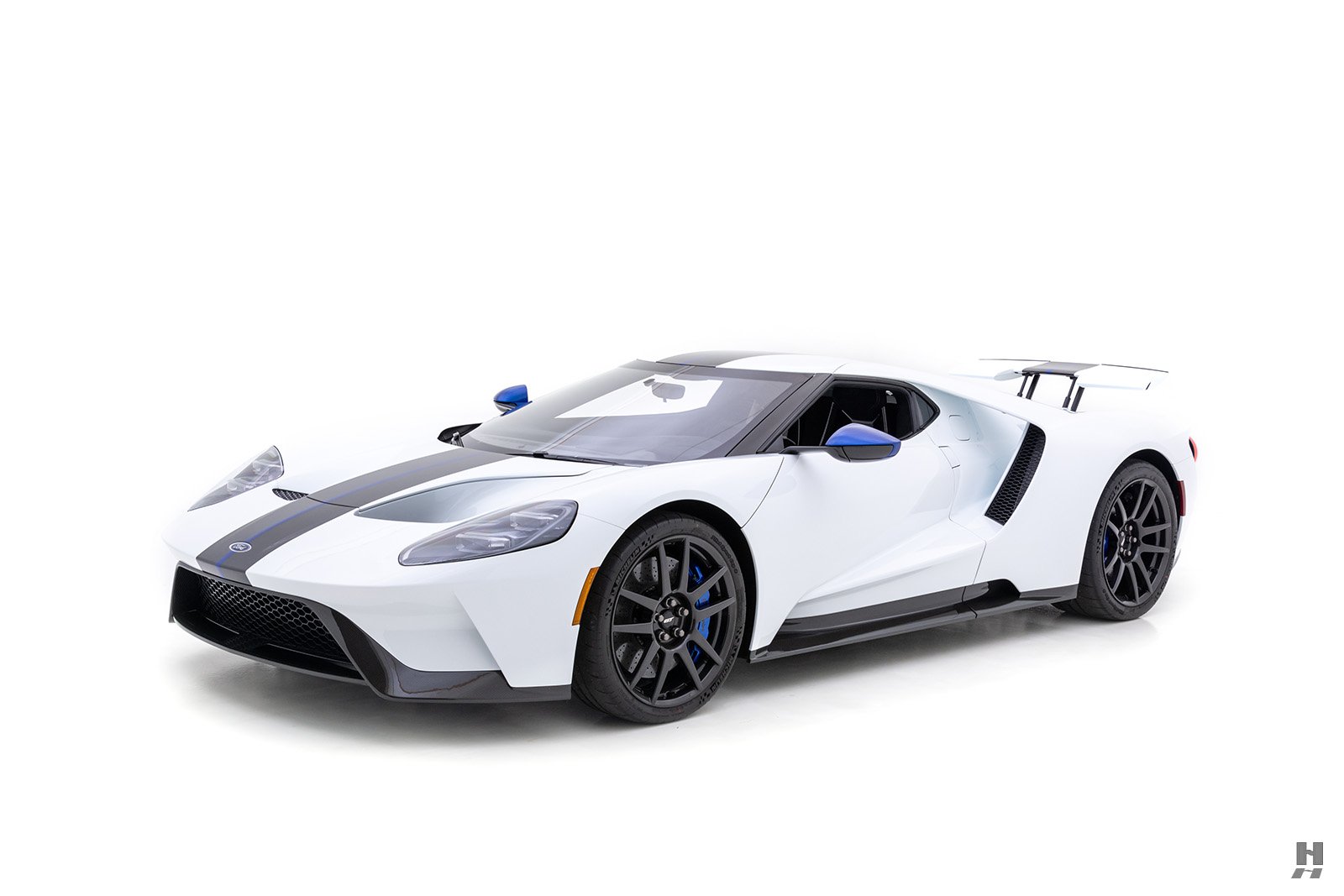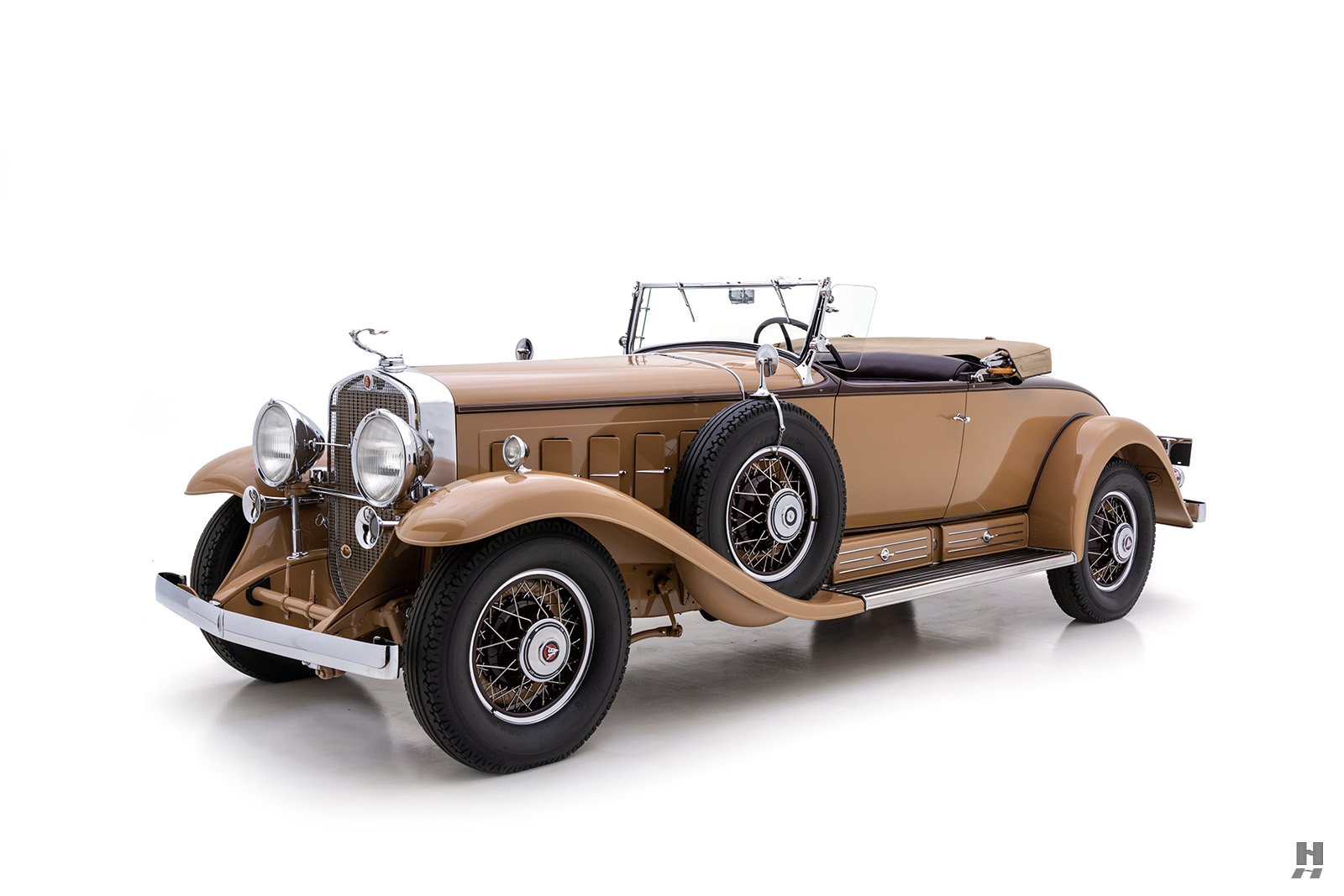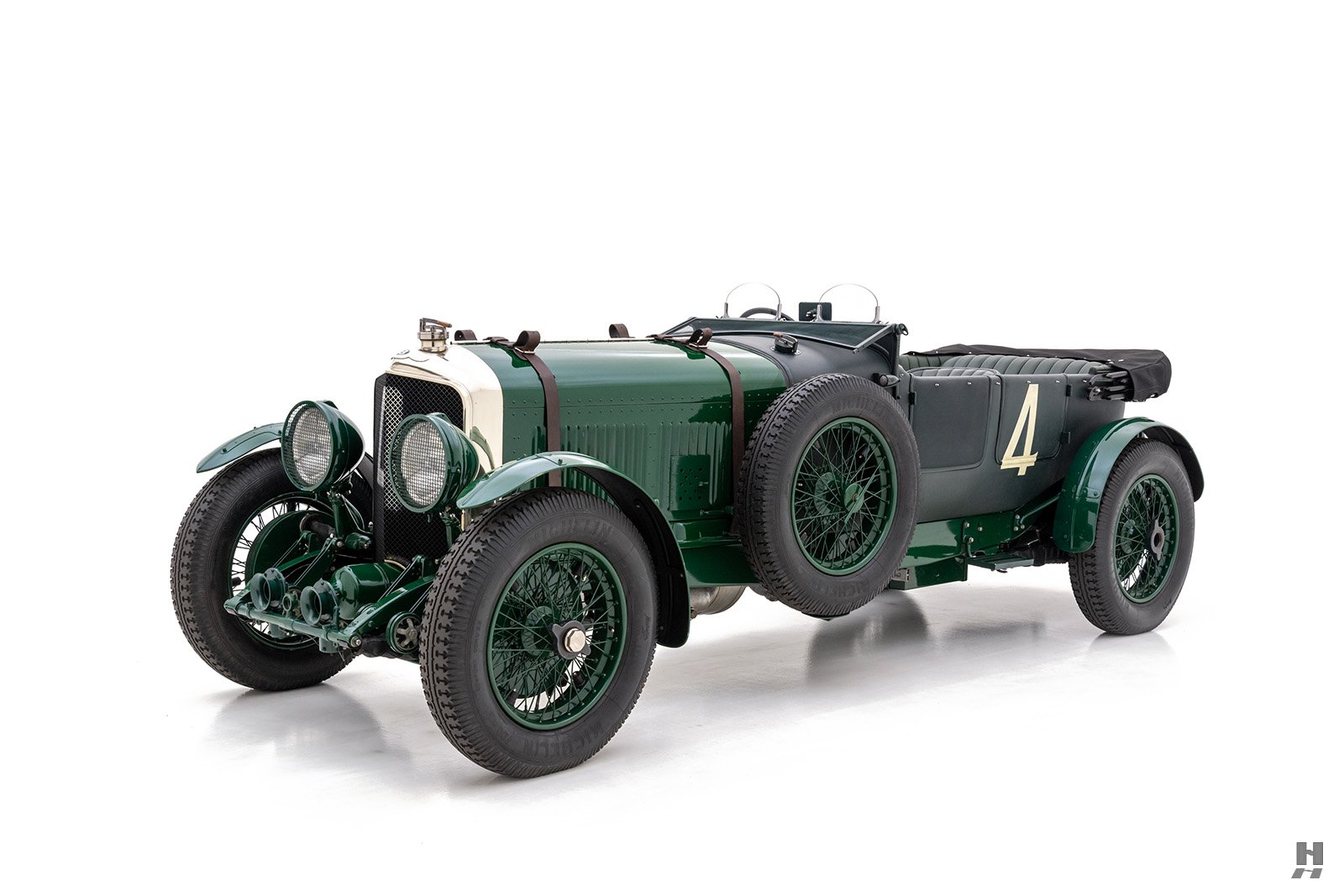James Ward Packard was one of the first customers of pioneer auto manufacturer Alexander Winton. However, Packard found several shortcomings in his new 1898 Winton, and he let Mr. Winton know about them. Winton, on the other hand, felt that his car was the epitome of perfection and told Mr. Packard that if he wanted his ideas incorporated in an automobile he should build it himself.
By November 1899, with the help of his brother William and two former Winton employees, George Weiss and William Hatcher, Packard had done just that. Four more cars were built that year, and 47 of a new "Model B" in 1900. The cars were built under the auspices of the New York and Ohio Company, a subsidiary of the brothers' Packard Electric Company, which manufactured transformers and electric lighting equipment. Fairly conventional for their time, the Packard cars were runabouts with a single-cylinder engine under the seat, a two-speed planetary transmission and chain drive. Novel for the period was an automatic spark advance.
On September 10, 1900, the brothers formed the Ohio Automobile Company in their hometown of Warren, Ohio. Finding their customers satisfied, they adopted the slogan "Ask the Man Who Owns One." Men Who owned one included William Rockefeller and wealthy Detroit businessman Henry B. Joy, the latter buying large quantities of stock in the company. Joy subscribed the entire issue of 2,500 shares in 1902, at which time the firm became the Packard Motor Car Company. A year later, it moved to Detroit, where a huge modern concrete factory designed by renowned industrial architect Albert Kahn was being built.
Two- and four-cylinder cars were built from 1902, but it was a single-cylinder car that bettered Winton's coast-to-coast record in 1903, with driver Tom Fetch carving two days off the record in "Old Pacific." Other Packard competition included the Vanderbilt Cup races and sand racing at Ormond Beach in Florida, where chief engineer Charles Schmidt set a world record in January the launch of the Model 30 in 1907, Packard became a well-established builder of luxury cars, comprising, with Peerless and Pierce-Arrow, the "Three Ps" of prestige American automobile manufacturing. Packard was the only member of the Three Ps to survive the Depression, but only because it diversified into medium-priced cars. Still, Packard continued to lead the American luxury segment after World War Il and was outsold by Cadillac only once before 1950.
Packard's first six, a massive 525 cubic inch T-head, debuted in April 1911. Designated Model 48 for its rated horsepower, it developed a full 74 bhp at 1,720 rpm, and Packard advertised that it would reach "60 miles per hour in 30 seconds from a standing start." A Bosch dual ignition system was used, along with Packard's unique float-feed carburetor with automatic mixture control. Prices started at $5,000 and ranged upward to $6,550. Thirteen body styles were offered on wheelbases from 121.5 to 139 inches. The new car immediately became popular, with nearly 1,350 sold in the first of production and a lengthy list of anxious customers awaiting delivery.
In December 1912, a smaller six, the Model 38, was introduced. An L-head design with cylinders cast in pairs, it displaced 415 cubic inches, had seven main bearings and developed 60 bhp. The Model 38 was the first Packard car to have left-hand drive and elsetric starting, the latter from a Delco starter-generator of the type developed by Charles Kettering. A notable feature of the electrical system was a control unit attached to the steering column. The brainchild of chief engineer Jesse Vincent, who would later design the Twin Six and Liberty aircraft engines, the unit had switches for the ignition, lights and horn, an ignition lock and mixture control for the carburetor. This placed most controls within easy reach of the driver, leaving the instrument panel free for instruments alone, save for a carburetor primer needed for starting.
Selling at $4,050 to $5,400, it was about $1,000 cheaper than the larger car and a few hundred less expensive than the comparable models of Peerless and Pierce-Arrow. There were 13 body styles, most of them on a 134-inch wheelbase, although Phaeton and Brougham styles used a 138-inch chassis and the runabout and two coupe styles a short, 115.5-inch frame. The Touring car was the sole open style to use the intermediate wheelbase and was the most popular Model 38 body type. The other intermediate cars were Limousines, Landaulets and a new open-drive "Cabette." More than 1,600 Model 38s, latterly called "1-38" or "1338," were built in 1913 and nearly 700 "2-38s" the following year. So successful were the two six-cylinder models that Packard dropped fours entirely.
The car offered here is one of only a handful of known Model 1-38’s, and it has had its history traced by Packard historian John Grundy back to the original owner, C.M. Harrington in Minneapolis, MN. It’s unknown how long Mr. Harrington retained the car, its next recorded owner was Bill Folwell of Merion, PA in the 1940’s. The car traded hands a few more times in PA before being acquired by noted Packard collector H.G. Henry in 1969. In 1972 Henry sold the car to Oakley Sumpter, of Perryville, MD. Mr. Sumpter retained ownership of the car for 16 years; after which, it was acquired by restorer Wendell Ohlendorf, of Beecher, Illinois, for his client, collector Cornelius “Konnie” Kuiper. Most recently, it has been part of a prominent Midwestern private collection.
While the restoration was completed some time ago, it has been well looked after, having previously been in a museum collection and rarely driven. Nicely detailed, its dark Packard Blue body and black fenders show no chips and exhibit a deep shine. The body moldings are in contrasting black and are accented with straw striping. The black canvas top is as new.
The seats are upholstered in dark crimson, button-tufted leather and are in excellent condition. The brightwork is unblemished and shines superbly. The tires fitted to white artillery wheels, are like new and are complemented by dual rear-mounted spares with fabric wheel covers. Lovely brass accents include running lights on the firewall and a brass horn on the driver's side as well as a Warner speedometer and clock.
An excellent and authentic Brass Era Packard, this wonderful car has benefitted from inclusion in several prominent collections and from restoration and maintenance to the highest standard. It would be a superlative road car or showpiece in equal measure for its new owner.
Offers welcome and trades considered
$295,000
Stock number 7667
For immediate assistance please call us at +1-314-524-6000 or please fill out the following form and a member of our team will contact you.










































